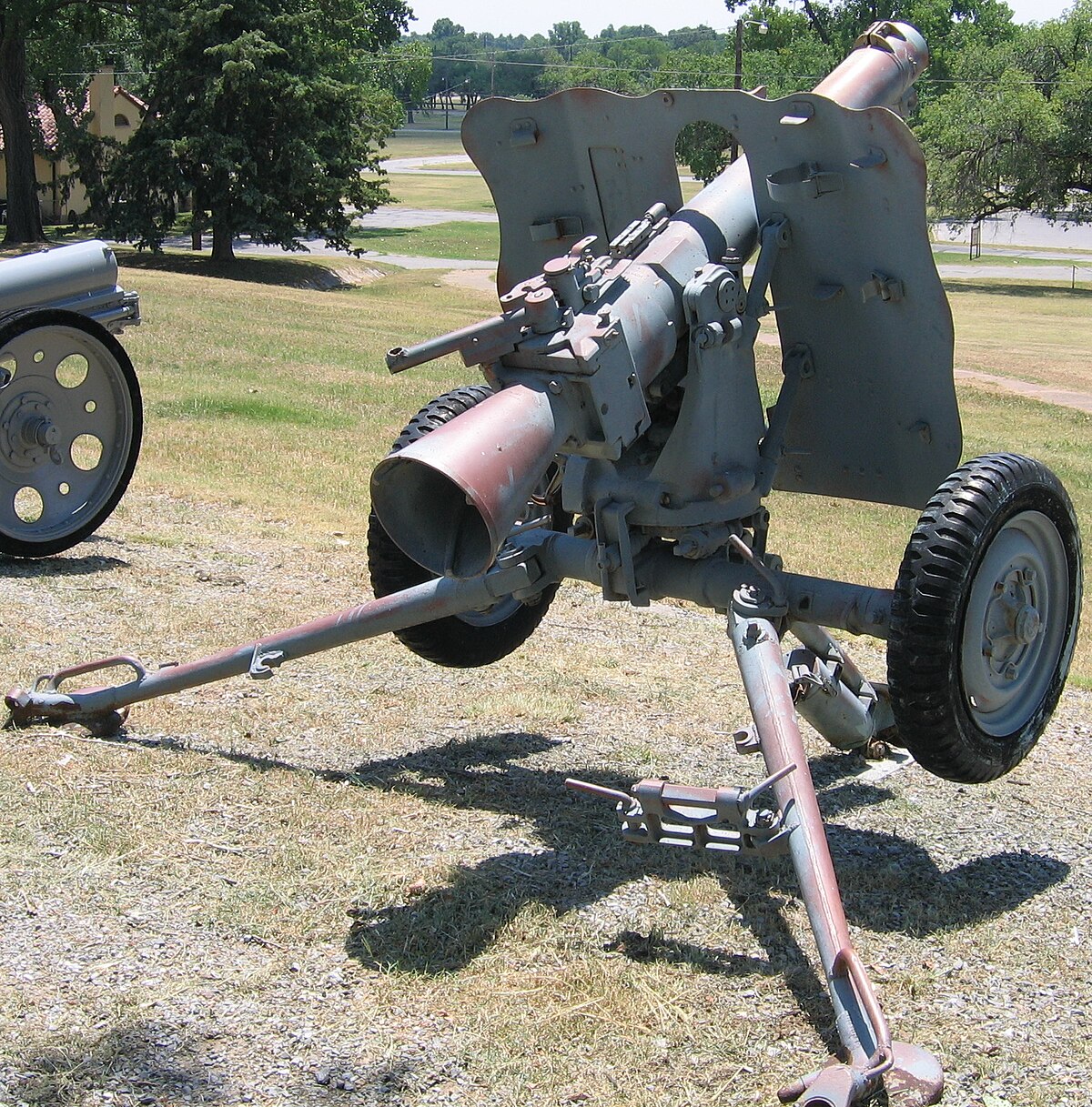The British CS tanks were primary armed with smoke, with just a handful of HE rounds.The Germans brought Panzer IV’s and the British brought CS tanks. In both cases specialized tanks equipped to do missions that the main tank was ill equipped for. In both cases there in smaller numbers than the main tanks armed with AT guns.
The Soviets had significantly larger problems in their command structure that overshadowed all of that.The Soviets did, and that loss was a problem at times. It would be just as useful to condemn Soviet tank doctrine as “f***ing stupid “ for believing that a smaller crew could do the job of a larger one as rail at the British for not doing so.
The American short 75mm was developed from a French 19th century artillery piece. The 3-inch AA gun was found to be too big and heavy to replace it, and while the 76.2mm managed to solve the weight problem, it didn't solve the size one.The US started development of the 75 mm as a tank gun at the same time that the British started development of the 17 pounder. However, since the 75 had originally been a failed light AA gun it was significantly more developed and entered service earlier. Either way, it was a requirement that came out of observation of the fighting in France. Prior to that the US requirements were for guns similar to the 2 and 6 pounder. Had the 17 pounder or the 77 mm been available to put into tanks the same time as the 75 mm the British likely would have got just as much use out of it as they did the 75. The HE was smaller but still useful for the requirements and the AT was better.
Heck, even the French with their stupid 1-man turret realised that having some of their tanks capable of throwing HE was a good idea.


